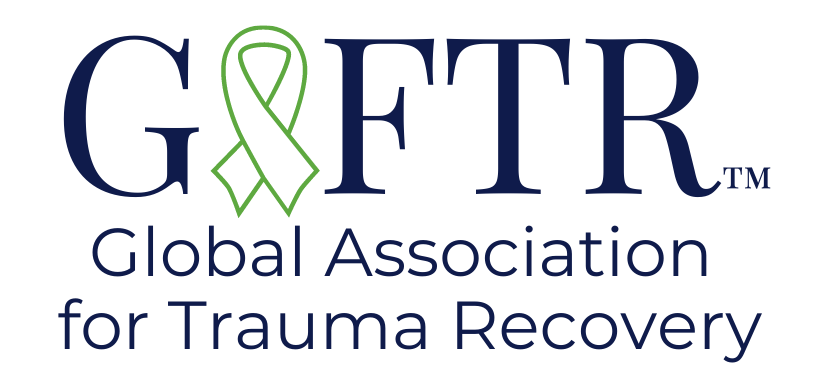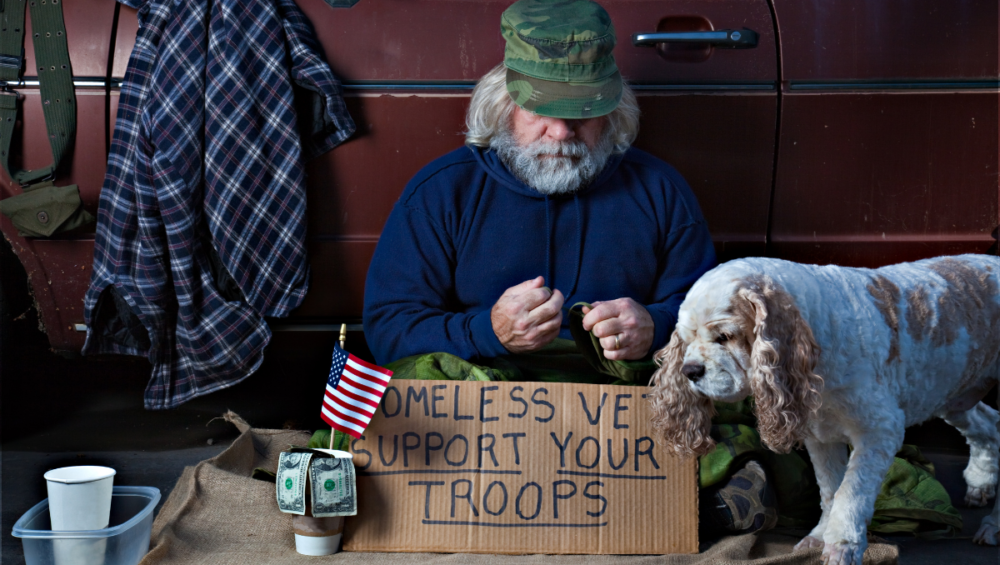It’s a terrible truth that U.S. veterans are more at risk for homelessness than other demographics in America today: While veterans only make up six percent of the total U.S. population, they account for up to eight percent of the homeless population.
According to Military Times, the number of veterans without stable housing increased in 2020, and 21 out of every 10,000 veterans were homeless at the start of this year.
Many veterans have experienced trauma during their service and may return home suffering from PTSD, which may be worsened by accompanying physical injuries. Their symptoms can include flashbacks, sleep problems, feelings of low self-worth, aggression and self-destructive behavior.
Some vets struggling financially or with their physical and mental health may not be aware of the avenues of support open to them. The Substance Abuse and Mental Health Services Administration (SAMHSA) developed the SSI/SSDI Outreach, Access, and Recovery (SOAR) model to address this critical need.
Supplemental Security Income (SSI) and Social Security Disability Insurance (SSDI) are disability income benefits administered by the Social Security Administration (SSA) that also provide Medicaid or Medicare health insurance to eligible children and adults. The application process for SSI/SSDI is complicated and challenging to navigate. Accessing these programs can be extremely challenging for people who are experiencing or at-risk of homelessness or returning to the community from institutions (jails, prisons or hospitals). For those with a serious mental illness, substance use issues or co-occurring disorders that impair cognition, the application process is even more difficult–yet accessing these benefits is often a critical first step in building resiliency and supporting recovery.
If you have an emergency, please call 911, go to your nearest emergency room.


